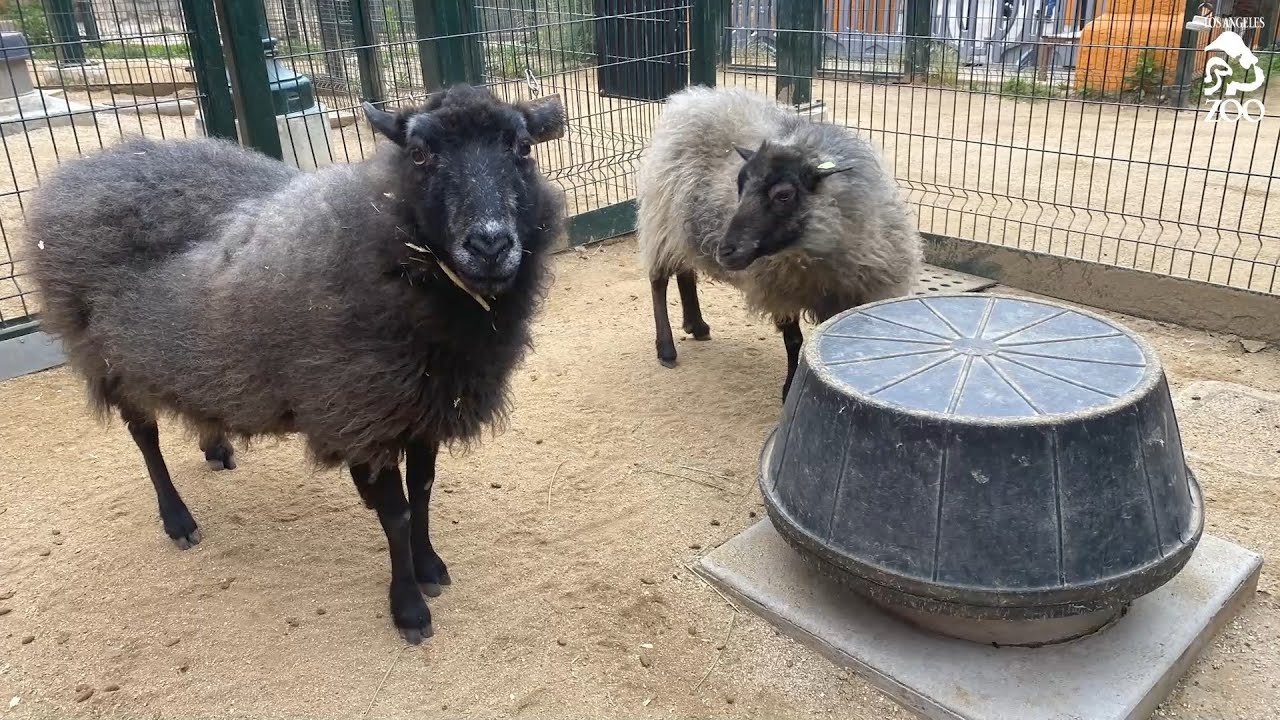– The ecological significance of Shetland sheep shear in promoting sustainable agricultural practices.
– The role of Shetland sheep in local ecosystems and their impact on biodiversity.
– Historical context and the modern advancements in sheep shearing techniques.
– Conservation efforts aimed at preserving the Shetland sheep breed and its genetic diversity.
– The importance of community involvement and education in preserving traditional shearing techniques.
Sheep shearing in the Shetland Islands plays a pivotal role in the intersection of agriculture, conservation, and cultural heritage. This traditional practice sustains local economies and fosters a unique relationship between humans and the landscape. The Shetland sheep, known for its fine wool and resilience, is at the core of this practice, requiring skillful shearers to maintain the health and productivity of the flock. This article explores the multifaceted aspects of Shetland sheep shear, delving into its ecological, historical, and conservation-related significance.
The ecological importance of Shetland sheep shear lies in its contribution to sustainable farming practices. Efficient sheep shearing is crucial for the health and well-being of the sheep, preventing issues like overheating and pest infestation. Furthermore, the practice supports the management of grasslands, which are vital habitats for various species. By controlling sheep populations and grazing patterns, shearers help balance local ecosystems, ensuring that other plant and animal species thrive alongside the sheep.
The Shetland sheep itself is a marvel of adaptation, having evolved to withstand the harsh conditions of the Shetland Islands. This breed contributes significantly to the region’s biodiversity, with its grazing habits helping shape the landscape. However, the impact of Shetland sheep on local biodiversity extends beyond simple grazing. These sheep are active participants in their ecosystems by dispersing seeds through their wool and contributing to soil health through their droppings. This intricate web of interactions underscores the importance of maintaining healthy sheep populations through regular shearing.
Historically, sheep shearing in the Shetland Islands has been a communal event, bringing together skilled laborers to share knowledge and celebrate the season’s yield. However, introducing modern shearing tools and techniques has transformed the practice. While electric shears have made the process more efficient, there is a growing interest in preserving traditional hand-shearing methods. These techniques passed down through generations, are more gentle on the sheep and minimize waste, aligning with contemporary values of environmental stewardship and animal welfare.
Conservation efforts for the Shetland sheep breed are crucial for maintaining genetic diversity within agricultural ecosystems. With its distinctive characteristics and adaptability, this breed has faced threats from crossbreeding and habitat loss. Initiatives aimed at preserving the pure lineage of Shetland sheep are essential for ensuring the continuation of this breed’s unique genetic makeup. Organizations and local communities have come together to support these efforts, recognizing the value of the Shetland sheep in maintaining agricultural and ecological diversity.
Community involvement plays a central role in sustaining the tradition of Shetland sheep shear. Educational programs aimed at teaching this practice’s importance and the skills necessary to carry it out are essential for engaging the next generation. By fostering a deep understanding of the relationship between sheep shearing, ecological balance, and cultural heritage, these programs help ensure this age-old practice continues to thrive. Moreover, by involving the community, these efforts reinforce the social bonds that have historically been a significant aspect of sheep farming in the Shetland Islands.
The Shetland sheep shear is more than just an agricultural task; it is a practice deeply embedded in the local culture, economy, and ecology of the Shetland Islands. Through the sustainable management of sheep populations, the preservation of traditional shearing techniques, and the active involvement of the community, this practice continues to play a vital role in conserving the unique landscape and biodiversity of the region. As such, the ongoing efforts to support the Shetland sheep and its shear are emblematic of a broader commitment to harmony between human livelihoods and environmental conservation.
*****
Source Description
Spring has sprung at the Los Angeles Zoo, most recently marked by the biannual shearing of the Shetland sheep. On April 20, the Zoo’s Shetland sheep flock received their annual haircut in preparation for the warmer summer months.
Sheep do not naturally shed their wool making shearing a necessity for their comfort and wellbeing. Each sheep produces two to five pounds of wool each year. Once shorn, the wool is collected and distributed throughout the Zoo to be used in various forms of enrichment for other animals. Any remaining wool will be composted as it’s biodegradable and antimicrobial.
See the Zoo’s freshly shorn springtime sensations at Muriel’s Ranch!
#LAZoo #Springtime #ShetlandSheepShear


